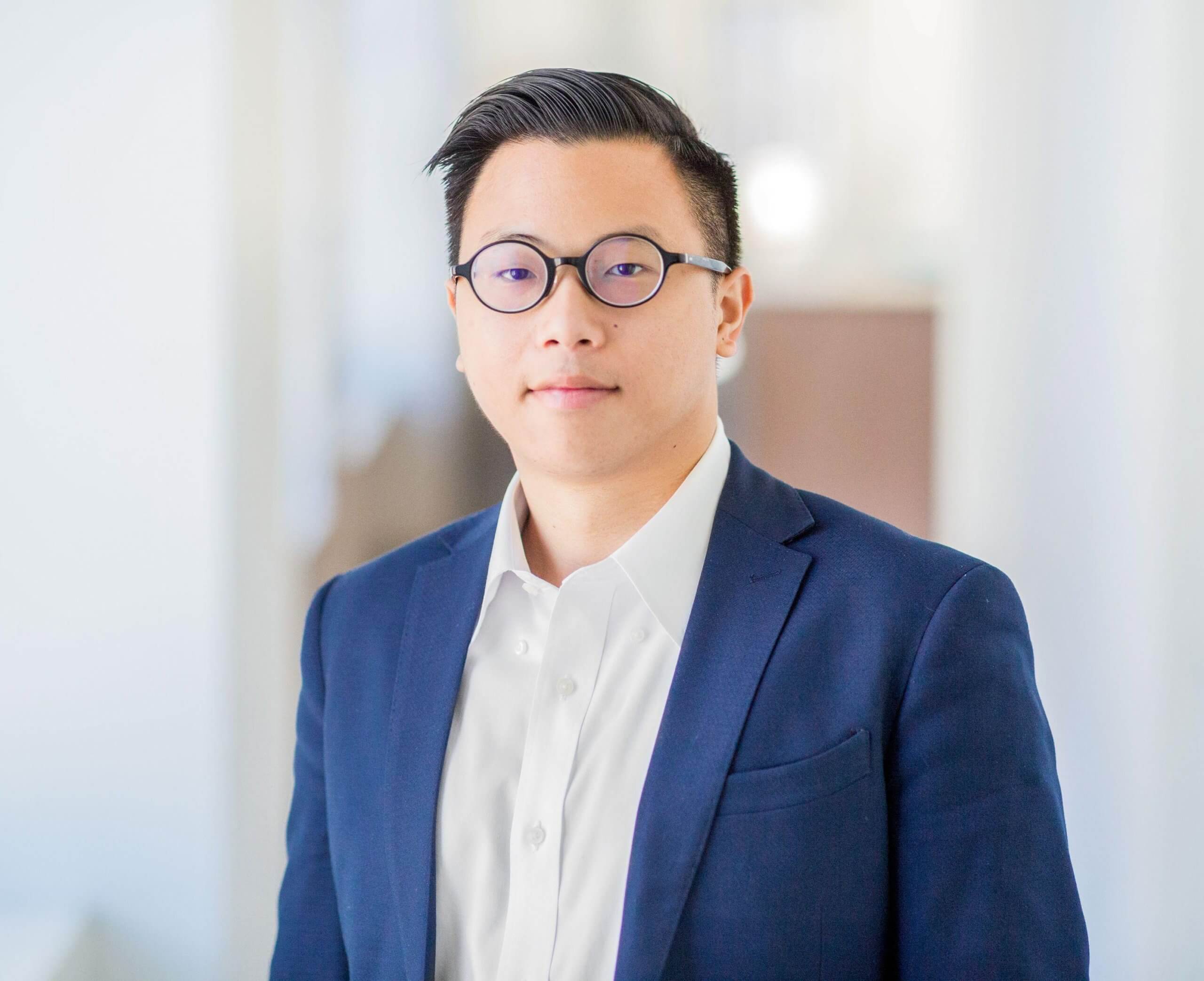Conversations with Colleagues: Nico Hsu


Q: What role does diversity, inclusion, and engagement play in the design profession at large?
A: Diversity, inclusion, and engagement all fuel creativity and innovation, which are critical to the design profession. Architecture is heavily context based; therefore, having diversity allows the design to expand into broader scope and increase the level of complexity. In terms of inclusion and engagement, I think we can look at it in a macro and micro way. At a larger scale when you look at inclusion and engagement for the society, we as designers should always strive to compose a sense of space that the users can relate to and engage with. And when we zoom in to a firm’s standpoint, it is crucial to provide a sense of belonging for employees so everyone can express ideas freely to ensure the best project outcome. Even though statistics support the design profession to emphasize on diversity, inclusion, and engagement, I think a lot of the benefits cannot be quantified by charts and numbers since it is largely related to human factors.
Q: In what ways do you feel your work is contributing to diversity, inclusion, and engagement in broader society?
A: I was exposed to various cultures and a wide variety of architecture while living in Taiwan, Honduras, Spain, and now in the U.S. I identify and relate myself to various communities including East Asian, Latinx, Third Culture Kid…etc. So when I design, I am always considering multiple groups as my users. Ultimately, everyone supports in their own way, so I believe participation itself is already an act of contribution. If one is in the industry, he/she/they is already making a difference in the design profession as well as the society.


Q: What message about design’s positive influence on the world would you most like to get out there?
A: I see architecture as a summative representation of humanity. We should often remind ourselves the magnitude of the work we are doing and how much improvement we can make to the people and the society.
Q: In what ways do you think our firm stands apart from other firms as far as diversity, inclusion, and engagement go—and how has our firm enabled you to thrive as a professional?
A: What I like about Perkins&Will is that the firm not only acknowledges, but also actively fosters and maintains a healthy environment. This is something difficult to achieve because not only does the leadership and HR department promote it, but the employees across the firm must act upon as well. The J.E.D.I. (Justice, Equity, Diversity, and Inclusion) Group regularly hosts discussions and events that allow the coworkers to know each other better. I particularly love the “Courageous Conversation” series where the events serve as a safe haven for people to share and discuss sensitive issues such as microaggressions, stereotypes, and biases. Even though I do not usually share my opinions or stories, simply listening in makes me feel included and connected to my peers.
